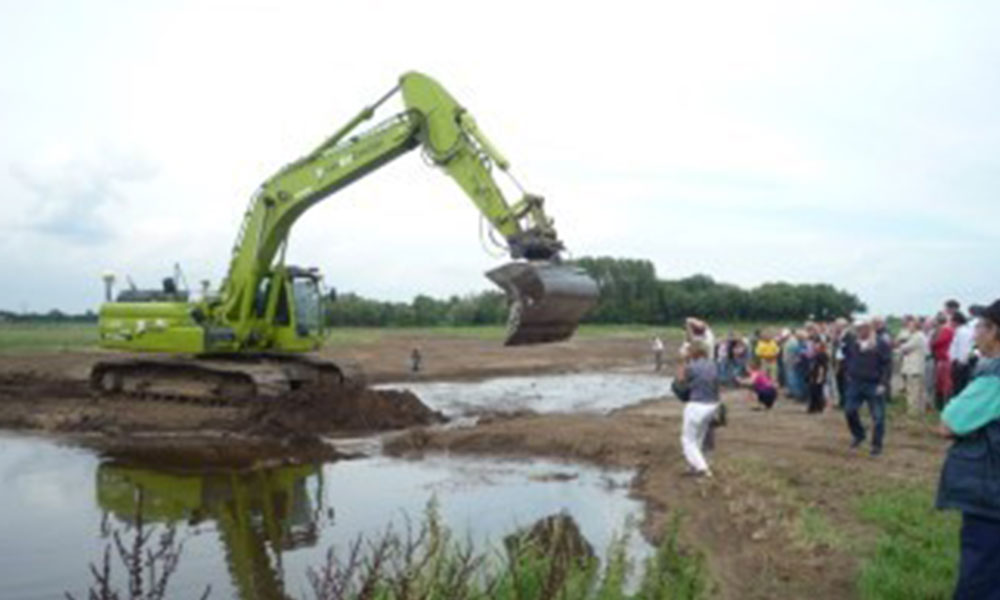In 2010, four weirs were removed on the Reusel Brook in the south of The Netherlands, restoring a stretch of the river for the benefit of a variety of fish species.
The Reusel Brook flows from Reusel to Oisterwijk and then into the River Essche (the Essche Stroom). The restoration and removal of the weirs took place near Diessen and Moergestel, villages in the province of North Brabant.
The work was carried out to comply with the EU Water Framework Directive and Dutch national plans to restore the best of the rivers and wetlands in The Netherlands (‘Natte natuurparel herstel’). The plans for these weir removals arose from the water management plan which the local water company writes every six years.
The Reusel was an important water course for fish in the past. Burbot, brook lamprey and pond loach lived in the streams and brooks around the Reusel but most of these disappeared in the period from the 1940s to the 1970s when the river was canalised and straightened and the weirs were built.








